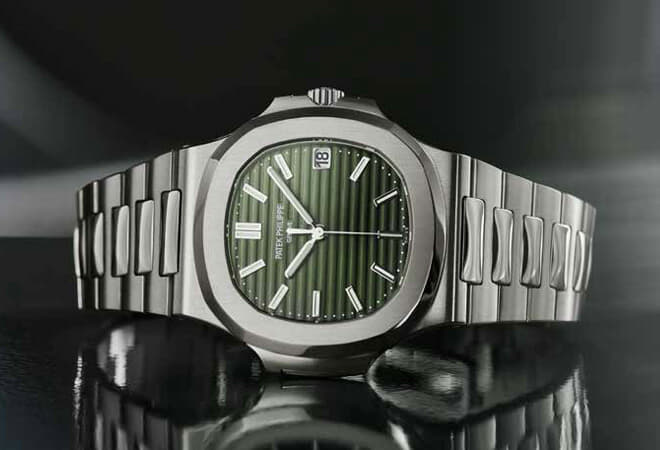#luxury #watches
“Watchmakers have successfully convinced the world that steel has value in jewelry and they have proven why“–Paul Ebeling
Fine watchmaking has lots of complicated difficult to understand concepts. By far the toughest to explain is the enduring appeal and value of watches in steel, with some examples commanding the highest value in all of watchmaking. Even worse are the core collection watches that achieve eye-watering prices by being cased in humble steel. This is the reason steel is sometimes called unobtanium in watchmaking circles, being that it is potentially more elusive than even the same watch in platinum.
Part of the reason for the apparently timeless appeal of steel can be found in the Key watches of the 1970s>
Audemars Piguet has raised its revenues to within striking distance of Patek Philippe, while producing fewer watches. Intriguingly, Audemars Piguet, unlike Patek Philippe and Rolex, is firmly on the titanium path, and has actually made a Royal Oak reference in titanium.
Nevertheless, Audemars Piguet could have changed things up in the Royal Oak game by introducing titanium for the standard 16202 model, but it opted not to. It could also do the same with ceramic, as it already has in complication territory, while also charging a premium price because of the difficulty in achieving the desired finishing.
Gold is the next go-to material, and perhaps Patek Philippe will endorse this with exclusively gold versions of the Nautilus, as it did with Ref. 3711. It certainly feels logical to shift the collecting conversation away from steel, at least for awhile. Gold changes the value proposition considerably, and raises the asking price at retail accordingly. This becomes more important, and ever more pressing, as prices on the secondary market for steel watches approach those of the gold versions, they already exceed them in some cases.
Have a prosperous holiday weekend, Keep the Faith!









